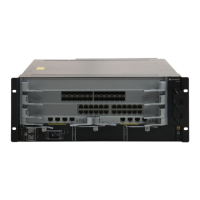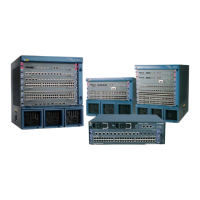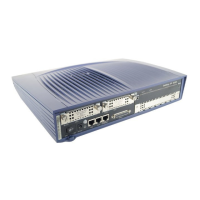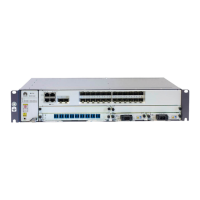Port Isolation
The port isolation function isolates Layer 2 and Layer 3 communication between ports in the
same VLAN. This function restricts packet transmission between ports flexibly, providing a
secure and flexible network solution.
1.3 Configuring Basic Attributes of the Ethernet Interface
This section describes how to configure the description, cable type, duplex mode, rate, and auto-
negotiation an Ethernet interface, and switch between the optical and electrical interfaces and
between Layer 2 and Layer 3 interfaces.
1.3.1 Establishing the Configuration Task
Applicable Environment
The configuration task is applicable to the following situations:
l You can configure the description of interfaces to facilitate the identification, maintenance,
and configuration of the interfaces.
l By default, an FE electrical interface automatically identifies the network cable type. If the
interface cannot identify the cable type properly, set the cable type for the interface
manually.
l By default, an FE electrical interface negotiates the duplex mode and rate with the
equipment that is directly connected to the interface. If the connected equipment does not
have the auto-negotiation capability, set the duplex mode and rate for the FE interface
manually so that the interface can work with the connected equipment.
Pre-configuration Tasks
None
Data Preparation
To configure the basic functions of Ethernet interfaces, you need the following data.
No.
Data
1 Number of an Ethernet interface
2 (Optional) Description of an interface
3 (Optional) Cable type of an ethernet electrical interface
4 (Optional) Duplex mode of an ethernet electrical interface
5 (Optional) Rate of an ethernet interface
1.3.2 (Optional) Configuring a Description for an Interface
Quidway S7700 Smart Routing Switch
Configuration Guide - Ethernet 1 Ethernet Interface Configuration
Issue 01 (2011-07-15) Huawei Proprietary and Confidential
Copyright © Huawei Technologies Co., Ltd.
3

